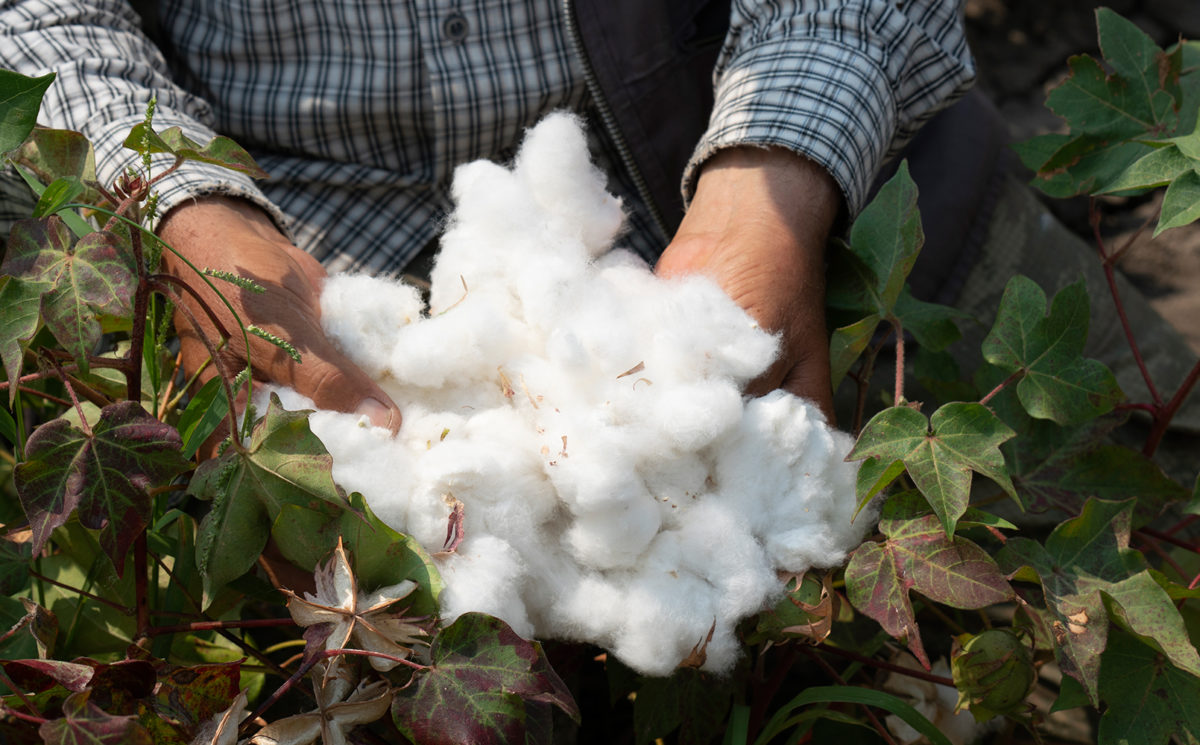When it comes to choosing fabrics for clothing, one of the most common debates revolves around the choice between 100% cotton and cotton blends. Both options have their own unique characteristics and advantages, making it essential to understand the key differences between them. In this article, we will delve into the world of fabrics and explore the qualities of 100% cotton and cotton blends to determine which one reigns supreme.
- The Purity of 100% Cotton:
100% cotton fabric is made entirely from natural cotton fibers, without any synthetic or blended materials. This purity grants it several notable advantages. Firstly, 100% cotton is highly breathable, allowing air to circulate freely and keeping the wearer cool and comfortable. Additionally, it is hypoallergenic, making it an excellent choice for individuals with sensitive skin or allergies. Furthermore, cotton's absorbent nature enables it to wick away moisture, keeping the body dry and preventing the growth of odor-causing bacteria. - The Versatility of Cotton Blends:
Cotton blends, on the other hand, combine cotton with other fibers such as polyester, rayon, or spandex. This blending process imparts unique characteristics to the fabric. Cotton blends are known for their enhanced durability and wrinkle resistance, making them ideal for garments that require frequent washing and wear. Moreover, the addition of synthetic fibers can improve the fabric's stretchability and shape retention, providing a better fit and increased comfort. Cotton blends also tend to be more affordable than 100% cotton, making them a popular choice for budget-conscious consumers. - Considerations for Different Applications:
The choice between 100% cotton and cotton blends often depends on the specific application or garment. For casual wear, 100% cotton is a top choice due to its softness, breathability, and natural feel against the skin. It is particularly suitable for t-shirts, underwear, and sleepwear. On the other hand, cotton blends find favor in activewear, as their added stretch and durability offer better performance during physical activities. Additionally, cotton blends are often used in formal attire, as they resist wrinkles and maintain a polished appearance throughout the day. - Sustainability and Environmental Impact:
In recent years, sustainability has become a significant concern for consumers. From an environmental perspective, 100% cotton is considered more eco-friendly than cotton blends. Cotton is a renewable resource, and its production involves fewer synthetic materials and chemicals. However, it is worth noting that the environmental impact of cotton cultivation, including water usage and pesticide application, should be taken into account. Cotton blends, while incorporating synthetic fibers, can sometimes be made from recycled materials, contributing to a more sustainable fashion industry.
Conclusion:
In the battle between 100% cotton and cotton blends, there is no definitive winner. Each fabric has its own strengths and applications. 100% cotton offers unparalleled breathability, comfort, and hypoallergenic properties, making it ideal for everyday wear. On the other hand, cotton blends provide enhanced durability, stretch, and affordability, making them suitable for activewear and certain formal garments. Ultimately, the choice between the two depends on personal preferences, specific needs, and the intended use of the fabric. By understanding the unique qualities of each, consumers can make informed decisions and enjoy the benefits of both options.



